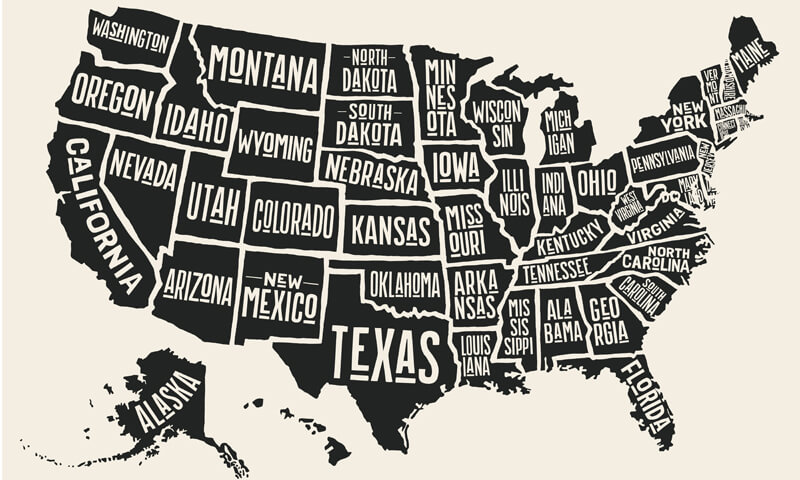Summary: Although 2014 witnessed signs of growth in revenue for law firms, the first quarter of 2015 has not kept up.
According to the American Lawyer, although last year looked promising for law firms that had suffered through the recession, it does not appear that the trend has continued for 2015. Although first quarter results are not definitive for the full year, it appeared that demand was pretty flat, which meant very little revenue growth for law firms.
Additionally, expenses grew much more quickly than revenue, which added pressure to margins. This was actually the reverse of what was reported in 2014. Instead of witnessing large, international firms outperforming the rest of the market, this time there was stronger revenue growth outside of the Am Law 50, especially in national law firms. In fact, the Am Law 51-100 outranked the largest firms in revenue growth, which was driven by the most increased growth in demand seen throughout the legal industry.
The results were drawn from 173 firms, (77 Am Law 100 firms, 49 Second Hundred firms, and 47 other law firms). Thirty-three of these firms were either “international,” meaning that less than one quarter, but more than ten percent of the firm’s attorneys were based outside of the United States, or “global,” which meant over twenty-five percent of attorneys were outside of the United States. Additionally, 61 firms were “national” firms, which meant that less than 10 percent worked outside of the United States, and less than half of the attorneys work in the headquarters office.
Prestigious firms showed an impressive increase in revenue for 2015.
Citi Private Bank performs financial services for more than 600 law firms in both the United States and the United Kingdom, providing service for over 35,000 attorneys. Every quarter, the Law Firm Group performs a confidential survey of the Am Law 100 and the Second Hundred, as well as smaller law firms. That data, along with data retrieved from an annual survey, gives a broad overview of financial trends in the legal industry, as well as an indication of what may be to come.
For the first three months of 2015, revenue increased by 2.3 percent. In 2014, revenue increased by 4.3 percent. There was a 0.1 percent increase in demand, probably due to a strong first quarter in 2014. Last year, transactional practices were a major factor in demand growth, but this year, transactional practices experienced a slow first quarter. Some felt that the lower rate increases were due to a shift to a more junior demographic, in that some segments witnessed moderate leverage growth.
Expense growth was at its highest rate since 2012—up 3.9 percent, compared with 1.6 percent in 2014’s first quarter. Compensation expense growth was up 5.8 percent, compared with 1.7 percent in 2014, which reflected higher bonuses paid for performance in 2014, as well as head count increases.
Operating expenses grew by 2.5 percent, whereas in 2014 they were 1.6 percent. According to the firms, spending on cybersecurity and other forms of technology went up. Spending on health insurance also increased.
Revenue growth is linked to brand growth in law firms, according to a recent study by Acritas.
Total lawyer head count increased by 0.6 percent, and equity partner head count increased just a bit at 0.3 percent. Total attorney hours did not see a change, which resulted in a 0.6 percent decrease in average attorney productivity. The average for attorney hours was 1.610 hours per year. These numbers hint that excess capacity is still a concern in the legal industry.
Around 51 percent of firms actually reported a decline in demand. The Am Law 51-100 was the only portion of the Am Law 200 to see demand growth in the first quarter. It increased by 1.2 percent. This group also had the highest proportion of firms that reported demand growth vs. other segments at 62 percent. During the first quarter of 2014, the Am Law 1-50 enjoyed a rise in demand of 2.2 percent. This year, demand was slightly down for the group as a whole, and some of the largest increases in expenses were seen here. However, since it has seen the strongest growth in inventory, the group should be in a good place for collections in the second quarter.
In the Second Hundred firms, the lowest growth in revenue was reported and the largest decline in demand at 59 percent.
Outside of the Am Law 200, firms saw the strongest growth in revenue, up 7.4 percent, since the first quarter of 2011. There was also a 0.7 percent growth in demand.
Of course, these results were skewed slightly by a handful of strong performers. Only 44 percent of the firms reported demand growth.
According to the numbers, second-quarter collections should be strong. Most firms projected a growth in demand for 2015. Managing partners also felt confident that their firms would experience growth in demand, according to the 2015 Managing Partner Confidence Index. According to Inside Counsel, a focus on long-term growth, instead of immediate profits, would provide the most benefits to law firms.
Read about the partners’ expectations here.
Source: American Lawyer
Photo credit: poundstopocket.co.uk















































